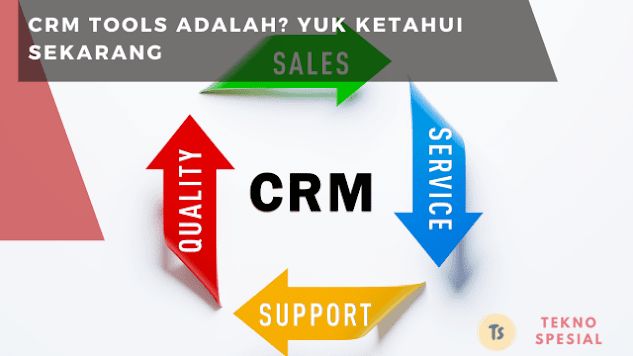
How to Implement a CRM System: Best Practices and Tips
Customer Relationship Management (CRM) systems are powerful tools that can revolutionize the way businesses manage interactions with their customers. However, implementing a CRM system requires careful planning, execution, and adoption to ensure its success. In this article, we will explore the best practices and tips for implementing a CRM system effectively in your organization.
1. Define Your Objectives and Requirements
Before selecting and implementing a CRM system, it’s essential to clearly define your objectives and requirements. Identify the specific problems or challenges you aim to address with a CRM solution, such as improving customer communication, streamlining sales processes, or enhancing marketing effectiveness. Additionally, consider the unique needs and workflows of your organization to ensure that the chosen CRM system aligns with your business goals.
2. Involve Key Stakeholders from the Beginning
Successful CRM implementation requires buy-in and support from key stakeholders across departments, including sales, marketing, customer service, and IT. Involve these stakeholders from the beginning of the implementation process to ensure that their needs and perspectives are considered. Engage in open communication and collaboration to gather input, address concerns, and gain consensus on the CRM system’s features and functionalities.
3. Choose the Right CRM Solution
Selecting the right CRM solution is crucial for successful implementation. Evaluate various CRM vendors and solutions based on factors such as features, scalability, ease of use, integration capabilities, and cost. Consider conducting demos and trials to test the usability and functionality of different CRM systems before making a decision. Choose a CRM solution that meets your organization’s current needs and has the flexibility to adapt to future growth and changes.
4. Customize and Configure the CRM System
Once you’ve selected a CRM solution, customize and configure it to align with your organization’s specific workflows and requirements. Tailor the system’s settings, fields, and modules to match your business processes and terminology. Configure user permissions and access controls to ensure that employees have the appropriate level of access to sensitive data. Work closely with your CRM vendor or implementation partner to customize the system effectively and optimize its performance.
5. Provide Comprehensive Training
Invest in comprehensive training to ensure that employees are proficient in using the CRM system effectively. Offer training sessions, workshops, and resources to familiarize users with the system’s features, functionalities, and best practices. Provide hands-on training and real-world scenarios to help users understand how to navigate the CRM interface, enter data, and perform common tasks. Encourage ongoing learning and support to address any questions or challenges that arise during the implementation process.
6. Encourage User Adoption and Engagement
Promote user adoption and engagement by emphasizing the benefits of the CRM system and demonstrating its value to employees. Communicate how the CRM system will improve efficiency, productivity, and collaboration across departments. Encourage employees to provide feedback and suggestions for improving the system based on their experiences. Recognize and reward users who demonstrate proficiency and innovation in using the CRM system effectively.
7. Monitor Progress and Iterate as Needed
Monitor the progress of CRM implementation and track key performance indicators (KPIs) to measure its effectiveness. Gather feedback from users, analyze usage data, and identify any areas for improvement or optimization. Iterate on the CRM system as needed to address challenges, refine processes, and incorporate new features or enhancements. Continuously evaluate the ROI of the CRM system and make adjustments to maximize its impact on your organization’s goals.
Conclusion
Implementing a CRM system is a strategic initiative that requires careful planning, collaboration, and execution. By following best practices such as defining objectives, involving key stakeholders, choosing the right CRM solution, customizing and configuring the system, providing comprehensive training, encouraging user adoption, and monitoring progress, organizations can ensure a successful CRM implementation that drives business growth and enhances customer relationships. With a well-implemented CRM system in place, businesses can streamline processes, improve efficiency, and deliver exceptional customer experiences that drive long-term success.